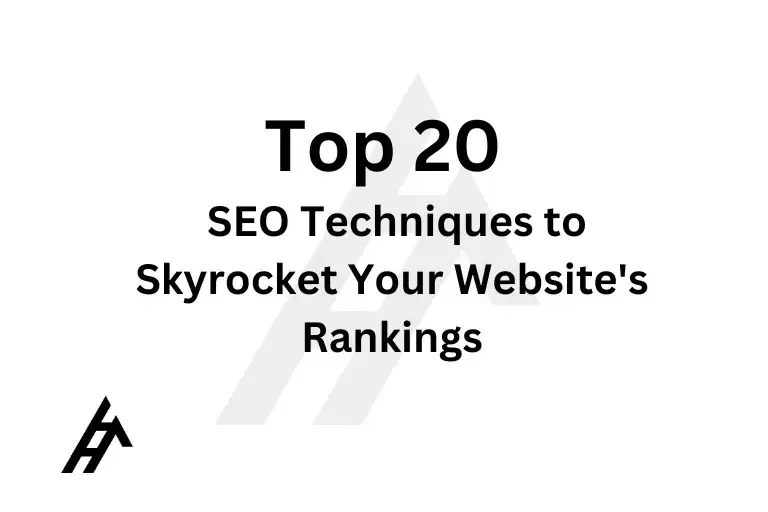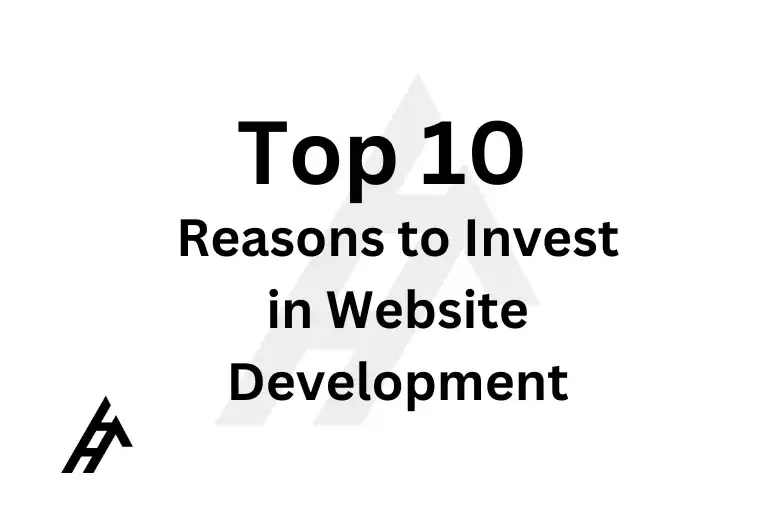For such an innovative and constantly developing branch of industry, web design is no stranger to myths and legends. Hence, these myths result in wrong decisions being made, which may affect other aspects of a page, including the user experience. Well, here’s the truth behind some of the most popular myths that are perpetuated on web design and development:
Top Website Design Myths that You Should Not Believe.
It may seem to just be an obvious fact, but when it comes to the Internet, this reality can’t be overemphasized: design is fundamental to winning and keeping an audience. However, several myths persist regarding design and creativity that might mislead designers along with business owners. Well, let’s address these myths and provide relevant insights that will shed some light on the issue.Myth: The simplest ideas are always the best
Allowing as many options as possible to be drawn on a white background, effectively and in a clear color is rightly considered the best solution, but it does not mean that only minimalization is possible. As with anything in life, good and simple designs are good and welcome because they make products easier to use and even look great at times, but simple designs are sometimes inclined to have far reaching detrimental effects of not being able to perform basic functions and lack of perceived appeal.
- Truth: This means that the language used should be simple and straightforward while at the same time giving the viewer relevant information that they would not easily find elsewhere. Some features and content may be mandatory to include, but user experience should suggest minimalism and simplicity. It is especially important to remember that a good website should be clearly designed for users, be aesthetically pleasing, and remain easy to navigate at the same time.
1.Myth: The mobile versions should have limited features as compared to the PC versions.
One often heard notion up until today is that having a mobile website is the same as having the website but simplified. Such myth originates from the constrained real estate of mobile setups and the different needs that they present compared to PCs.
- Truth: Consumers on mobile devices demand not much less than the typical Web experience. Currently there is flexibility in the mobile design, which means that designers can create a site with numerous functions for a mobile version without losing sight of its usefulness. Prioritize things that scale across different media: the design should look good on mobile but all primary features should be accessible on tablets, PCs, etc.
2.Myth: More features mean better websites
It might sound counterintuitive but one has to exercise a lot of caution with throwing too many features and functions at the problem as this often only distills a confusing website.
- Truth: Just state the necessity of quality-input over the quantity especially when there are many sources to choose from. Pay attention to features you care for creating those are worth to be seen by users and align with the general goals of the website. These cannot be compared to overcrowded design that work to convey the design as it attempts to include everything that may interest visitors.
3.Myth: Content Is Not As Critical As Design.
Some people think that it is only possible to attract visitors by making a more eye-popping appearance of the site and then content plays a secondary role.
- Truth: Content is king. However pretty the website is, even with a flash movie, rich graphics, or other gimmicks, it will not encourage people to spend more time on the site or come back frequently if there is no good content. The design of a website or application to promote online products should be symbiotic with the content so that the user is able to navigate through the site or application in a visually appealing manner.
4.Myth: Consequently, all white space is wasted space.
Negative or White space is another concept that frequently misinterpreted as the idle space that is capable of being employed optimally for populating more content and/or utilization of extra elements.
- Truth: White space is an important component of the design, which contributes to readability and the overall usability of the site. It helps to break It helps to bring up content, challenge a user with information and help him go through a site. Managing white space can provide positive remodeling effect and establish a more professional look to designs.
5.Myth: DIY Website Builders Are Just as Good as Professional Design.
As the web continues to evolve and nowadays everybody can create a website on their own using present-day instruments, many think that a website made with the help of their own hand is not worse than if done by a professional web designer.
- Truth: One of the main reasons is that, while DIY platforms enable website builders to create websites generating more leads and, thus, revenue, they cannot offer as much flexibility and functionality as a web designer can. Working with a professional designer can be beneficial in a way that an in-house person may not able to do because they have the necessary skills, ideas, as well as give a firm perspective relating to the business and its needs that can a lot enhance the website in use.
6.Myth: Siteease – Once the Site Is Live, the Work Is Done.
Some may assume that when one develops a website, the process of designing a particular site is at times considered full.
- Truth: Web development is a continuous process and it is an ever-changing process as well. Update, maintenance, and improvement are factors that need to be carried out time and again so as to the relevance of the site and its security together with its functionality. Activities such as web analysis and tracking users’ feedbacks can go a long way assisting in correcting them and make the site current to match the relevant trends and technology.
7.Myth: Among all the web pages, Homepage is the Most Important Page.
A well-established stereotype states that the homepage is the king of the website, and consequently, it should be the most development priority.
- Truth: However, every page in a website also offers great significance to the entire experience one has on the website. A website may have a single page or a small set of pages, as well as many pages including landing pages and product pages; pages with blog posts can also be the first where users come. It is highly important to check all the website pages and guide them towards better and efficient design.
8.Myth: Two principal practices: On the one hand SEO does not concern design.
Some think it’s strictly a technical field that doesn’t overlap with design in any way.
- Truth: Thereby, SEO and design are very closely related so that it is impossible to discuss one without mentioning the other. Web usability principles, for example, quick page loading capability, responsiveness users and friendly navigation affects SEO positively, making the site more responsive has a positive effect on SEO performance. Considering SEO aspects can be helpful in enhancing the site visibility and boost ranking in search results.
9.Myth: In this methodology, all that counts is the visual design.
As it has been observed, a site’s aesthetics and overall look is a significant concern, but it is not everything when it comes to designing a successful website.
- Truth: There is a clear interplay between the three aspects of usability, accessibility, and functionality. Usability is hugely important; a website must be aesthetic, but it also has to be affordable to all and work effectively on desktops, laptops, smartphones and whichever browser the end user employs.
FAQs.
- What is the biggest myth in the realm of the website design?
- The first myth, which has been widely accepted over the years is that design is all it takes to make a website a very successful one. And in truth, any good website poses a design problem-solution-content-usage-functionalities problem-solution equation.
- Content matters more than design?
- Proper content in the site is very important in attracting the user, and also in making them remain engaged on the site. Website owners need to factor this in order to realize that the beauty of the website alone cannot guarantee the flow of traffic, let alone the valued patronage.
- It is a common question about how frequently the content of an online site should be changed?
- This paper aims at discussing whether frequent updates are necessary for a website to remain relative, safe, and operational. To illustrate, it’s beneficial to review content, design and functionality from time to time usually taking a feedback from the users and analysing the results attained.
- Can a low profile be effective?
- Yes, a simple design could be very effective because what is important is functionality but at the same time being effective. The only caution that must be taken when using simplicity, is that the simplicity itself should not be a hindrance with the site’s navigation and usage.
- Is there any fundamental difference between mobile design and desktop design?
- Yes, there are differences in helping a design to be as usable and readable as possible on a technically smaller screen. This, however, should be done in a way that they are seamlessly available across devices and to the fullest extent loaded with features.
- What is the significance of considering white space when designing a website?
- White space is unconventional as it calms the eyes, maintains order, prevents the congestion of information, and contributes to user satisfaction. The way it splits content is useful and also makes it easier for the users to understand the information that is relayed to them.
How Archaeo Agency Can Help.
At Archaeo Agency, we specialize in building high-performance websites designed to attract, engage, and convert. We understand the unique needs of realtors and create custom solutions that not only look stunning but also drive tangible results.
Get Your Professional Website in 24 Hours!
Is your website sending potential clients running? Contact Archaeo Agency today for a free website audit and let’s transform your online presence into a powerful lead generation tool.Ready to give your website the upgrade it deserves? Contact Archaeo Agency today for a free consultation and let’s discuss how we can transform your online presence into a lead-generating powerhouse!



